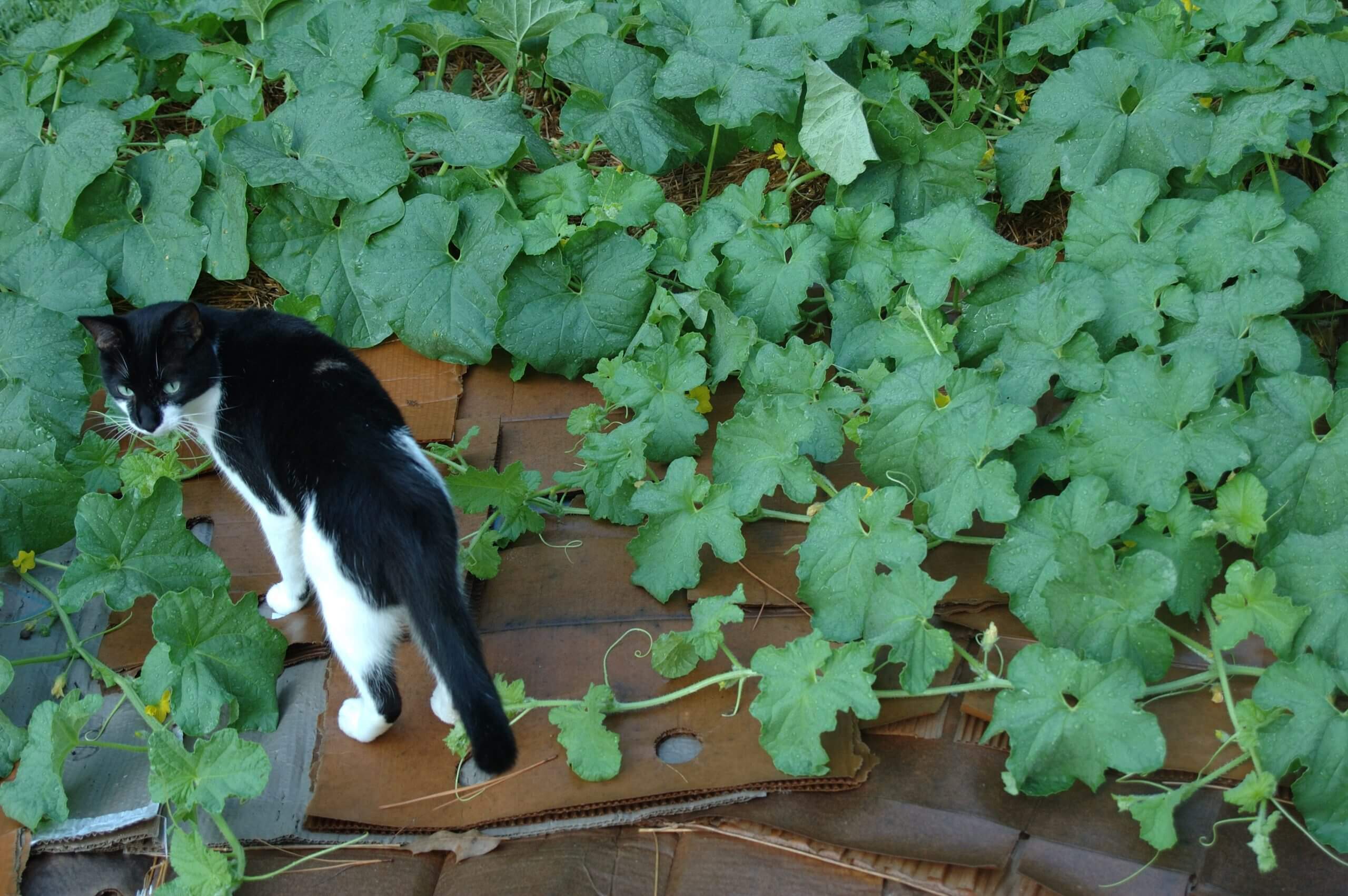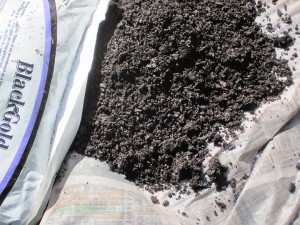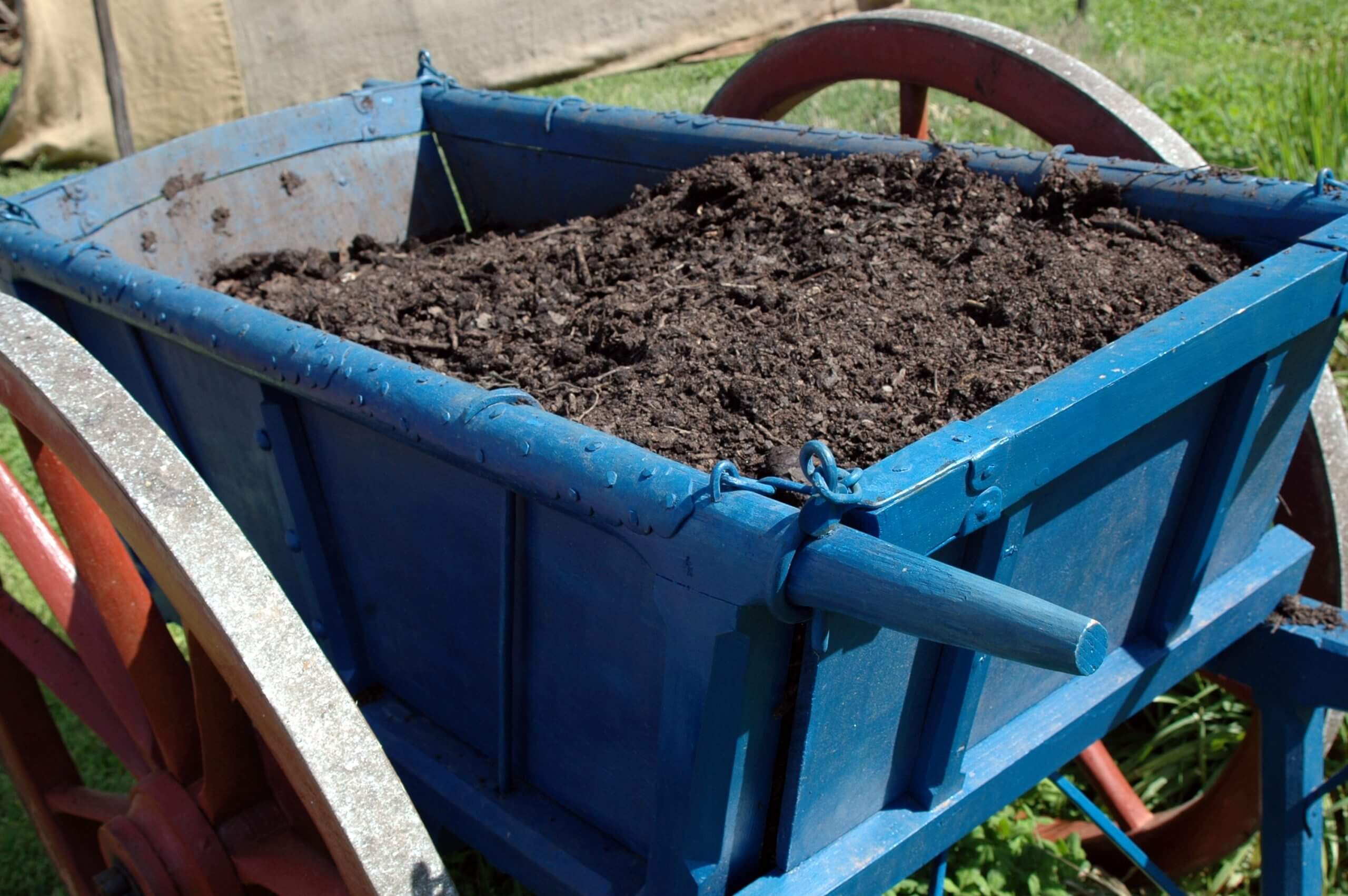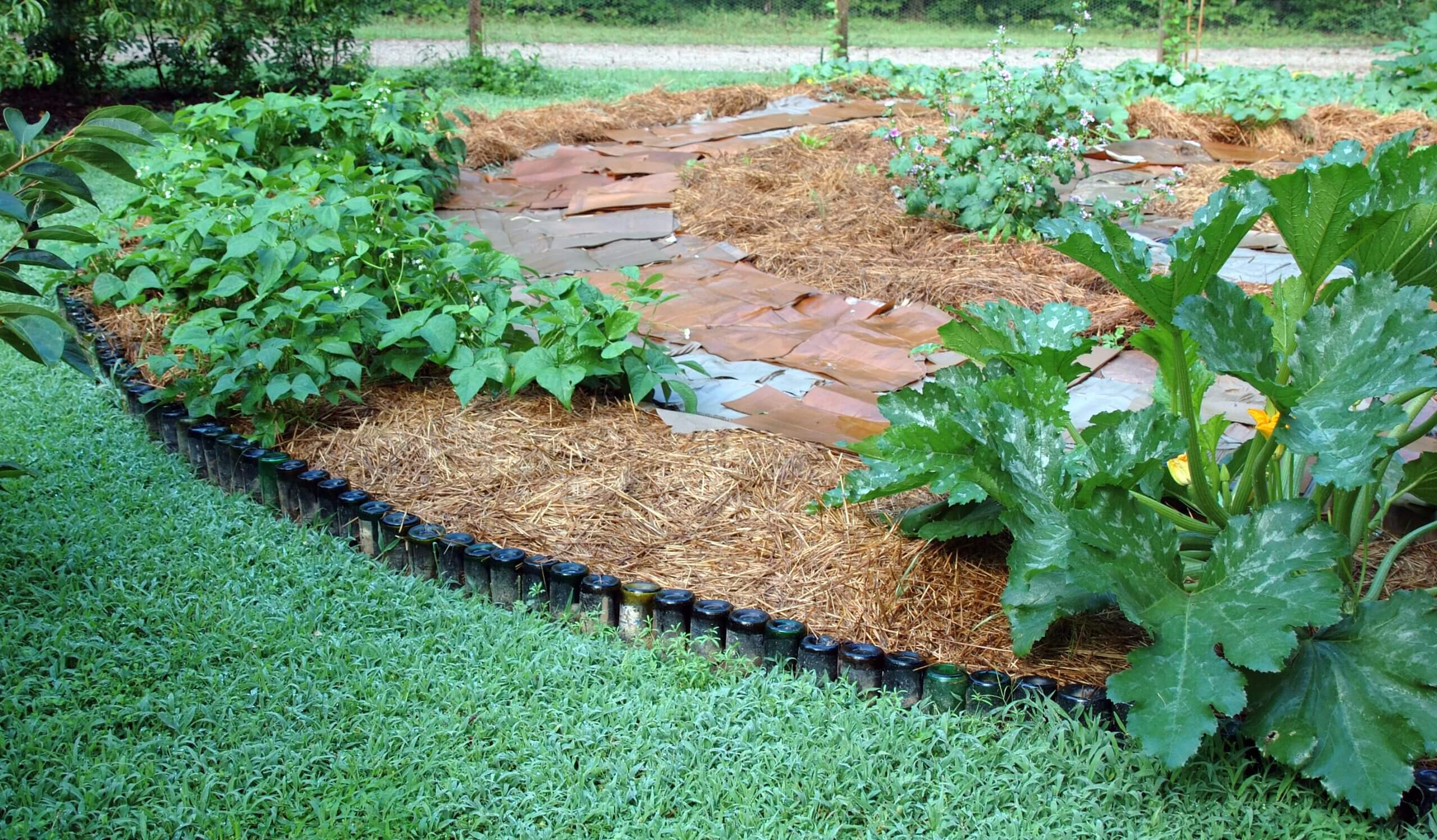
Ever notice how many challenges in the garden are four-letter words? Wind, hail, rust, mold, cold, vole, mole, deer, bugs, ouch, and weed conjure up stressful garden situations, which must be immediately addressed, leading to even more work (another four-letter word). How we deal with the cursed weed that pops up here and there in our little corner of Eden usually involves back-breaking hoeing, tugging, digging, or spraying. What if there were easier, more organic ways to eliminate weeds before they even sprout? This is where using effective mulches can help clean up both your garden and your vocabulary.

The most critical step to managing any weed is to start from the ground up. First, mow or cut low the area of your garden that you plan to landscape. No tilling is required (unless your soil is poor and requires amendment) and you do not have to strip away the existing vegetation holding onto your precious topsoil. Also, leave your seed-free clippings in place, since you are going to cover them to prevent any remaining seeds and roots from germinating.
Next, cover this area with a barrier that will allow water and air, but not sunlight, to reach the soil. You can use a porous landscaping fabric on a bed before planting, however, for a garden space that you work regularly, you may wish to use something that will break down over time.
Layering yesterday’s news onto your garden is a great way to recycle while building wonderful soil. Simply take a section of the paper running at least 5-8 pages thick, and apply it to your new or existing bed. Be sure to overlap these sections in order to keep the covered soil dark and cool, which will help prevent any future weeds. Thoroughly wet the paper to help hold it in place, then add a 2-4 inch deep cover of quality mulch, such as Black Gold’s Garden Compost Blend or Natural & Organic Soil Builder. This final step is essential as it will help the newspaper to break down and while also keeping it moist and water permeable.

If you have access to a large amount of cardboard, it is also a good cover for large areas. Just make certain that any plastic-coated labels and sharp staples are removed before spreading it over your future garden space. Also, be sure it is not allowed to dry out as this makes it hydrophobic, which causes water to sheet away rather than percolate down. I allow a newly prepared garden bed to sit for several weeks to months, or even an entire season, in order for everything under the layers of cardboard and mulch to decompose before I start to plant, again.
In the Southeast, our regional mulch is usually whatever is readily available. Pine straw, wheat straw (aka hay), pine bark chips, hardwood chips, peanut hulls, salt-free sand, and indigenous gravel all have their advantages, but some can also harbor insects, diseases, and even more weed seeds. For a guaranteed clean, weed-free mulch, try sterilized compost and washed sand and gravel.

The advantage of composted mulch is that it helps feed the soil, allows roots to spread and grow into it, and conserves moisture while keeping roots cooler in summer and warmer in wintertime. This is the smart, traditional gardening practice which has been used for generations.
For garden areas with herbs, conifers, or succulents, white sand, white rock, and/or washed gravel can be integrated into the soil to greatly improve drainage. These same products applied as a top dressing also help reflect heat. Gravel mulch is also effective for eliminating any soil splashing, which could potentially damage the foliage of water-sensitive plants. Placing a thin, attractive layer of sand or gravel inside decorative pots serves the same purpose.
 It is especially important to lay down a soil barrier when using both white sand and rock, so that the light-colored gravel paths and plantings are not stained by red clay or brown soil.
It is especially important to lay down a soil barrier when using both white sand and rock, so that the light-colored gravel paths and plantings are not stained by red clay or brown soil.
If fighting weeds isn’t your thing, you could always embrace them. Remember that some weeds are native plants and an important part of the ecosystem, providing habitat for wildlife. However, if you decide to create your own prairie or woodland garden, native “weeds” included, be on the lookout for the introduced invasive weed thugs that can quickly take over your paradise.
Another movement that is gaining ground is the practice of harvesting weeds for food. In the footsteps of Euell Gibbons’ classic book Stalking the Wild Asparagus, there are wild food groups and classes encouraging you to eat your weeds…which is much better than eating your words.
